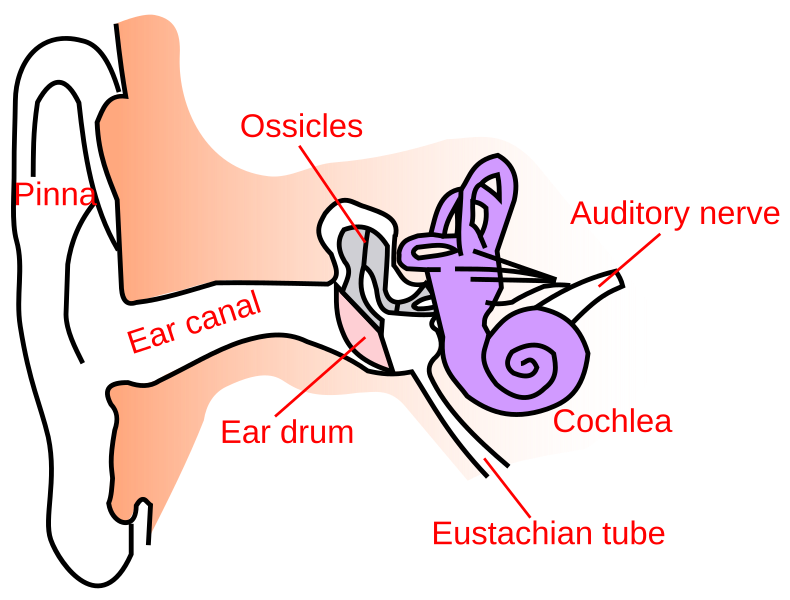
You don’t have to be a rock star or work underneath jetliners to have your hearing affected by loud noises. Even factory workers and warehouse employees can suffer from noise-induced hearing loss or NIHL.
Loud industrial noises can affect your hearing over time or a single incident can cause immediate damage. Sometimes the hearing loss is temporary, but in other cases it can be permanent. And it can affect one or both ears.
Who Is Affected by NIHL?
The lives of many workers are impacted by NIHL. In some instances, it can affect your hearing later in life. It may be difficult for you to hear what other people are saying, especially on the phone or in a noisy room.
About 15% of all US workers between the ages of 20 and 69 experience hearing loss due to exposure to noise at work. That’s about 26 million people.
Causes of NIHL
NIHL can be caused by a single exposure to an intense “impulse” sound, such as an explosion. Or it can be caused by continuous exposure to loud noises over an extended period of time, such as the whine of machinery.
How far you are from the source of the sound and how long you are exposed to the sound can determine how much damage loud noises cause to your hearing. It’s a good idea to avoid noises that are too loud, too close, or last too long.
The Mechanics of Hearing Loss
Our ability to hear depends on a series of changes in sound waves that are converted by our ears into electrical signals. The auditory nerve carries these signals to the brain through a series of complex steps.
In the first step, sound waves enter the outer ear and travel through the ear canal, which leads to the eardrum. Like a musical drum, the eardrum is a thin layer of material that is stretched across an opening. As it receives sound waves, it vibrates. These vibrations are then transferred to three tiny bones in the middle ear called the malleus, incus, and stapes.
The bones in the middle ear couple the sound vibrations in the ear to fluid vibrations in the cochlea, a small, snail-shaped organ that is filled with fluid. An elastic partition runs all the way through the cochlea, splitting it into an upper and lower part. This partition, called the basilar membrane, is the base on which key hearing structures sit.
When the fluid inside the cochlea ripples, it activates tiny hair-like cells that sit on top of the basilar membrane. As these hair cells move up and down, tiny finger-like projections — known as stereocilia — that sit on top of these cells bump against an overlying structure and bend.
This bending causes pore-like channels located at the tips of the stereocilia to open up, causing chemicals to rush into the cell, creating an electrical signal that is sent to the brain. The brain then translates these signals into a recognizable sound.
NIHL occurs when these hair-like cells are damaged or are killed. Unlike other types of human cells –such as hair cells, fingernails and skin — these cells don’t grow back. Once they are damaged, they are gone for good.
Wearing earplugs and other protective hearing equipment is the best way to prevent NIHL from occurring. If you aren’t able to reduce loud noises, move away from them.
And if you believe you may have suffered hearing loss, get your hearing tested as soon as possible.

